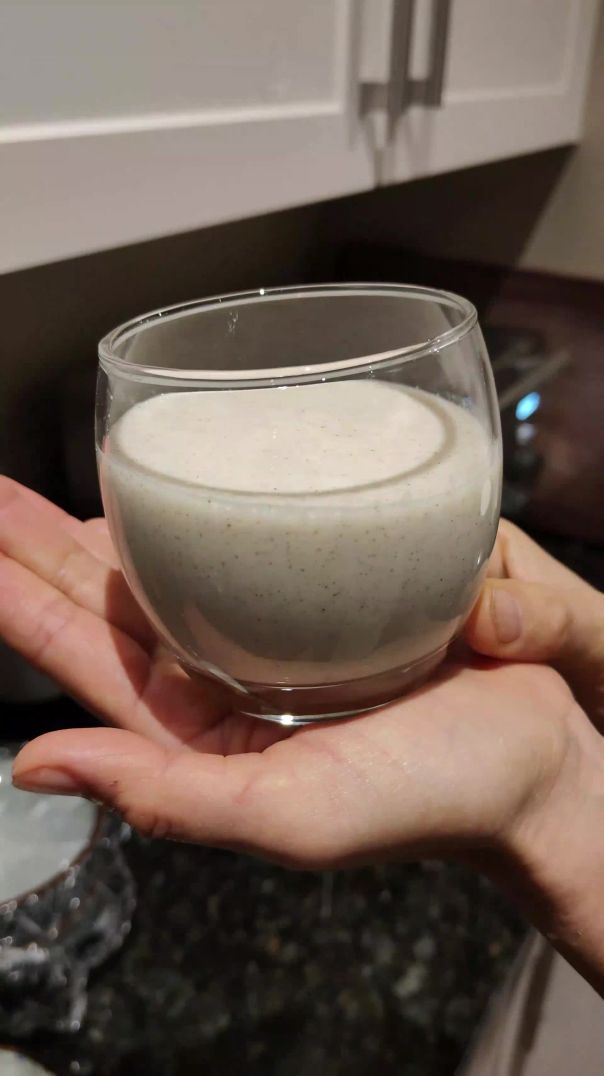191 Views· 02 August 2024
I Filmed Plants For 15 years | Time-lapse Compilation
Filming plants over a 15-year period can result in a fascinating time-lapse documentary showing the growth, seasonal changes, and various life cycles of different plant species. Here are a few key points and ideas to consider when filming plants for such a long-term project:
### Key Concepts
1. **Growth Patterns:**
- Observe and document how plants grow and develop over time, capturing their progress from seedlings to mature specimens.
- Note the differences in growth rates among various species.
2. **Seasonal Changes:**
- Record the changes that occur through the seasons, such as leaf budding, blooming, fruiting, and leaf fall.
- Capture how plants respond to different weather conditions and seasonal variations.
3. **Life Cycles:**
- Document the full life cycle of annual, biennial, and perennial plants, from germination to reproduction and, ultimately, to their end.
- Include the interactions with pollinators and other wildlife.
4. **Environmental Impact:**
- Show how plants are affected by environmental factors like climate change, pollution, and human activity.
- Highlight the resilience or vulnerability of certain species.
5. **Biodiversity:**
- Illustrate the diversity of plant life within the ecosystem you are filming.
- Capture interactions between different plant species and their ecological roles.
### Practical Tips
1. **Consistency:**
- Set up your camera in a fixed position to maintain a consistent frame over the years.
- Use markers or reference points to ensure the same area is filmed each time.
2. **Interval Shooting:**
- Determine the frequency of your shots (e.g., daily, weekly, monthly) based on the growth rate and changes you want to capture.
- Automate the process with intervalometers if possible.
3. **Data Logging:**
- Keep detailed records of each shoot, including dates, times, weather conditions, and any notable observations.
- Track the health and condition of the plants over time.
4. **Editing:**
- Compile the footage into a cohesive time-lapse video.
- Use software to stabilize the images, adjust lighting, and create smooth transitions.
### Inspiration and Examples
- **David Attenborough's Documentaries:**
- His works, like "The Private Life of Plants," showcase stunning time-lapse sequences of plant growth and behavior.
- **YouTube Channels:**
- Channels like "Nature on PBS" and "BBC Earth" often feature time-lapse footage of plants.
- **Scientific Studies:**
- Research papers and projects documenting long-term ecological changes can provide valuable insights and inspiration.
### Further Reading and Resources
- [National Geographic's Plant Time-Lapse Videos](https://www.nationalgeographic.....com/environment/art
- [BBC Earth YouTube Channel](https://www.youtube.com/user/BBCEarth)
- [Nature on PBS YouTube Channel](https://www.youtube.com/user/NaturePBS)
These resources can provide you with inspiration, techniques, and examples of how to successfully film and document plants over an extended period.



























0 Comments